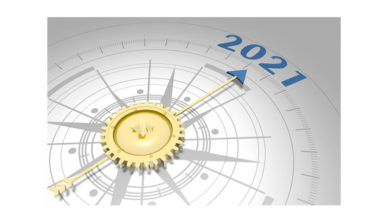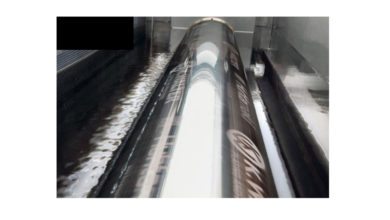Banknotes That Glimpse Into The History of Middle East
You can find history reflected in these banknotes. They portray the changes over the year and the developments that have happened in Middle East. Oil, palm trees and even dhows share an important space in these currencies. We are talking about the currency collection of George Kanaan, a Lebanese banker, who is settled in London. His collection made news, when the Lebanese banker decided to auction them at London recently. The currencies are estimated to be worth £ 500,000, which is equal to 2.9 million dhs.
 The collection includes banknotes from Jordan, Bahrain, Iraq, Kuwait, Oman, Turkey, Saudi Arabia, Yemen, Oman and Palestine. The bank notes fascinate onlookers with its historic relevance, for example some of them show the signs of an emerging empire, while others show the transitional change that happened in the Arabic script.
The collection includes banknotes from Jordan, Bahrain, Iraq, Kuwait, Oman, Turkey, Saudi Arabia, Yemen, Oman and Palestine. The bank notes fascinate onlookers with its historic relevance, for example some of them show the signs of an emerging empire, while others show the transitional change that happened in the Arabic script.
Talking about his collection, George Kanaan said, “Arabic language and culture is deep rooted in me, and that’s why I have collected and bought any note that had Arabic writing on it. I have never sold any of my collection before and it is very difficult to sell these notes. It feels like I am selling my own children.”
Explaining the reason behind the auction, he said, “There is an increased interest on these notes now, and so are their prices. Due to its rising value, it has become difficult to collect them. In future I will be concentrating more on notes from Syria, Lebanon and North Africa, as these come cheaper and are more available.”
According to the list, there are 26 notes from UAE in his collection, which includes many rare and unseen currencies. One of the Dh 1 currency note is so rare, that the price tag on that reads £800 to £900. The banknotes from Iraq depict the rise of Saddam Hussein as some of the early notes sport his picture in a military uniform, while the later released notes portray him in a suit. Culture and habits are also well depicted in these notes. The images of falcons, sparrows, hawks and traditional coffee pots in the banknotes reveal their significance in the life of Emiratis.
A matter for deep study, these collections truly state what the Arab region had gone through in the last two centuries. Reflecting his thoughts, Kanaan said, “I expect to see more number of Emiratis at the auction. I have many good Emirati friends and have also bought from many Emirati collectors, who I now hope to sell back.”





